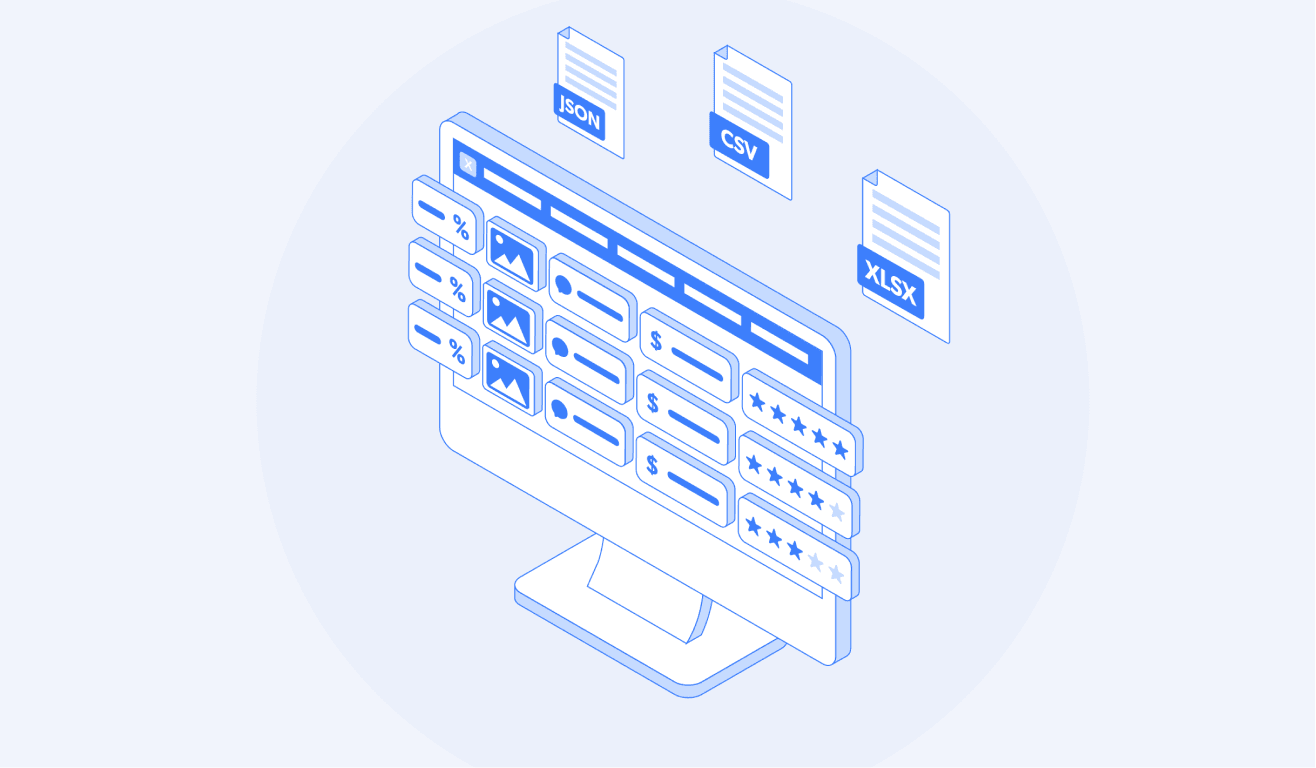EduTrack

Designed and implemented a database for managing academic records of students, teachers, and courses.
Project Description:
The EduTrack company approached us with the task of creating a database to manage academic records of students, teachers, and courses. The main goal was to simplify the process of managing academic data, improve reporting, and ensure information security.
Project Stages:
1. Requirements Analysis:
- Objective: Determine the company's needs and develop database requirements.
- Actions:
- Held meetings with administration and teachers to understand their needs and current issues.
- Identified key processes requiring automation: managing student records, schedules, grades, study materials, and reporting.
- Compiled a list of requirements for database functionality, including reporting queries, integration with existing systems, and data security requirements.
2. Database Design:
- Objective: Develop a database structure that meets the company's requirements.
- Actions:
- Created a logical data model, including tables for storing information about students, teachers, courses, schedules, and grades.
- Defined relationships between tables, ensuring data integrity (e.g., one-to-many relationships between courses and students).
- Developed a database schema (ER diagram) to visualize the structure and relationships.
3. Database Implementation:
- Objective: Implement the database and integrate it with the company's existing systems.
- Actions:
- Selected a DBMS (database management system) that meets the company's requirements (e.g., MySQL or PostgreSQL).
- Created and configured the database on the company's server.
- Imported the company's existing data into the new database, ensuring correctness and integrity.
- Developed and implemented procedures for regular data backup and recovery in case of failure.
4. Integration and Training:
- Objective: Ensure seamless integration of the new database with existing systems and train company employees to use it.
- Actions:
- Integrated the database with the LMS (Learning Management System) for automated data exchange.
- Developed user interfaces, providing easy access to data and the ability to perform necessary operations (e.g., adding new students, managing schedules).
- Conducted training sessions for company employees, explaining the main functions and operations with the database.
5. Support and Improvements:
- Objective: Ensure stable database operation and improvements as needed.
- Actions:
- Provided ongoing technical support and monitoring of the database.
- Regularly updated and optimized the database to improve performance and address potential issues.
- Implemented additional functions as the company's requirements changed.
Results:
- Error Reduction: Errors in data management decreased by 75% due to centralized and automated information management.
- Processing Speed Increase: The time for processing academic data and managing schedules decreased by 60%, allowing the company to respond more quickly to student and teacher requests.
- Reporting Improvement: The capabilities for generating reports and data analysis significantly improved, aiding better data-driven decision-making.
- Student and Teacher Satisfaction Increase: Improved data organization and quick response to requests increased student and teacher satisfaction by 50%.